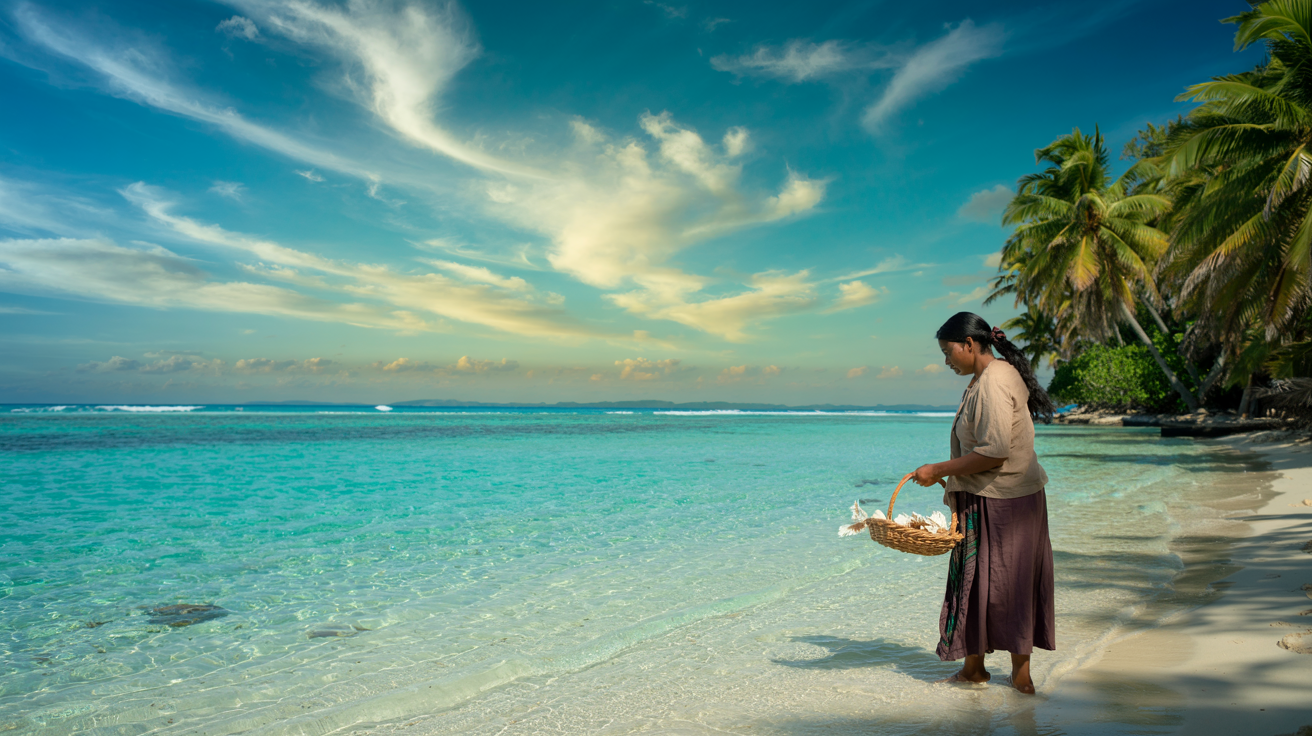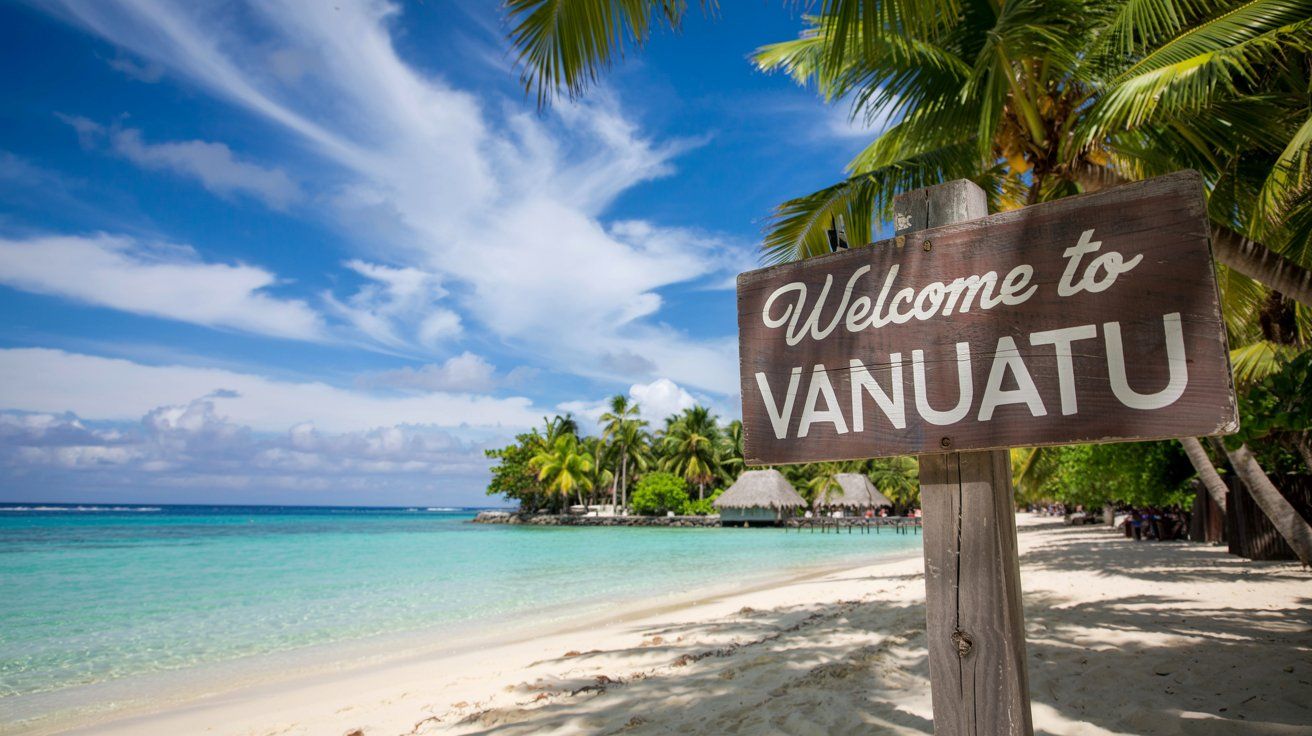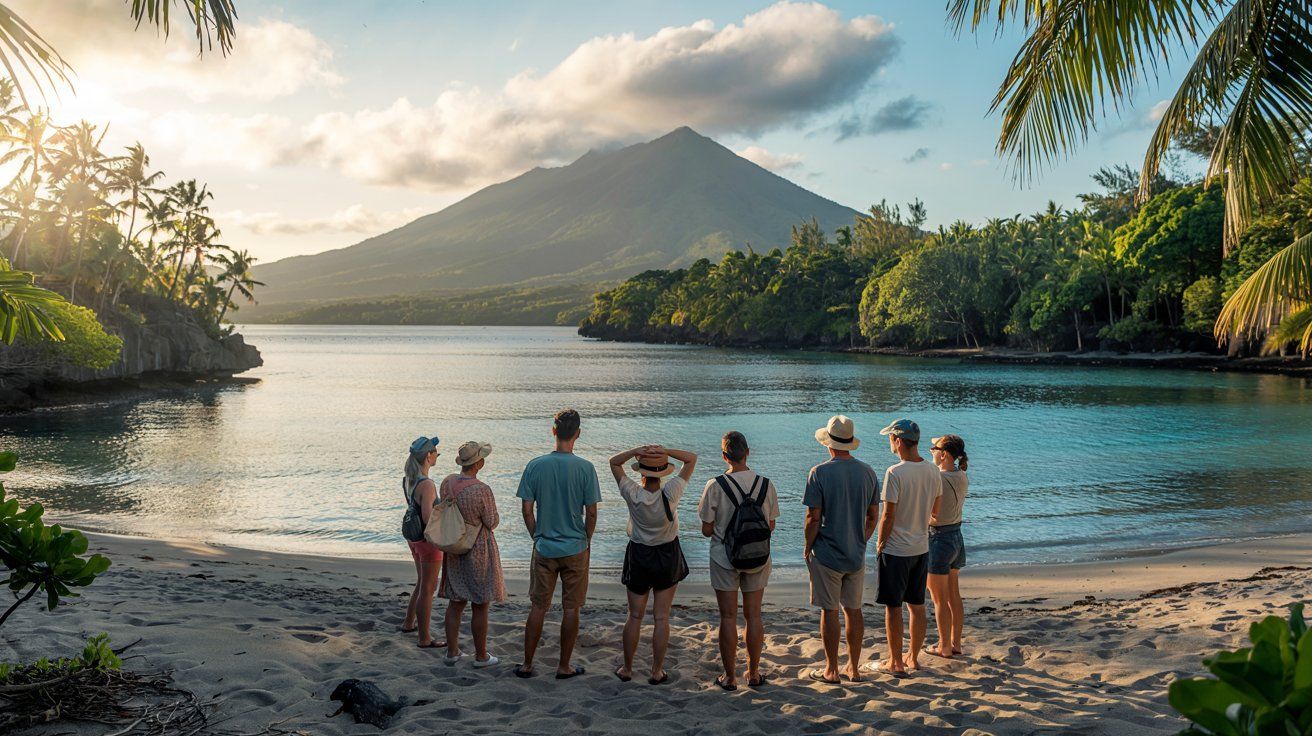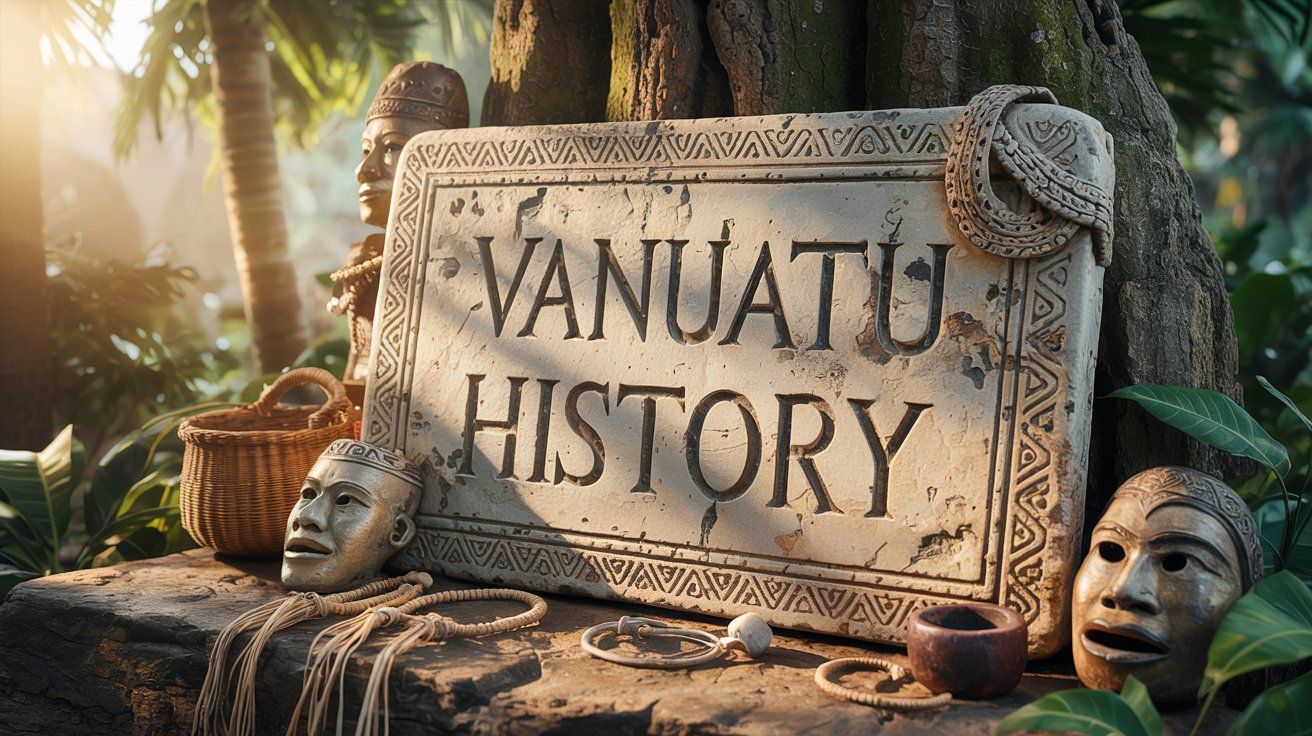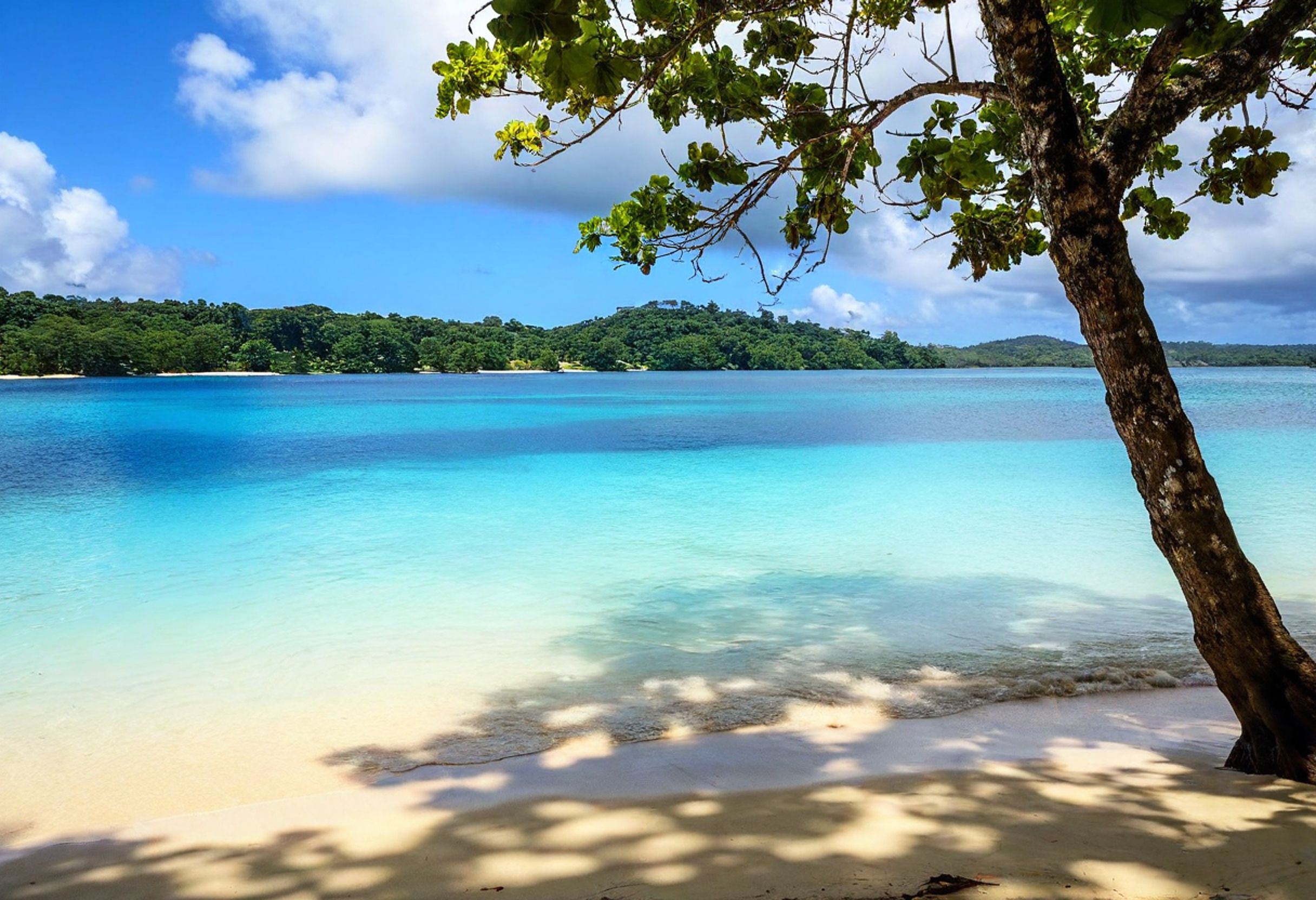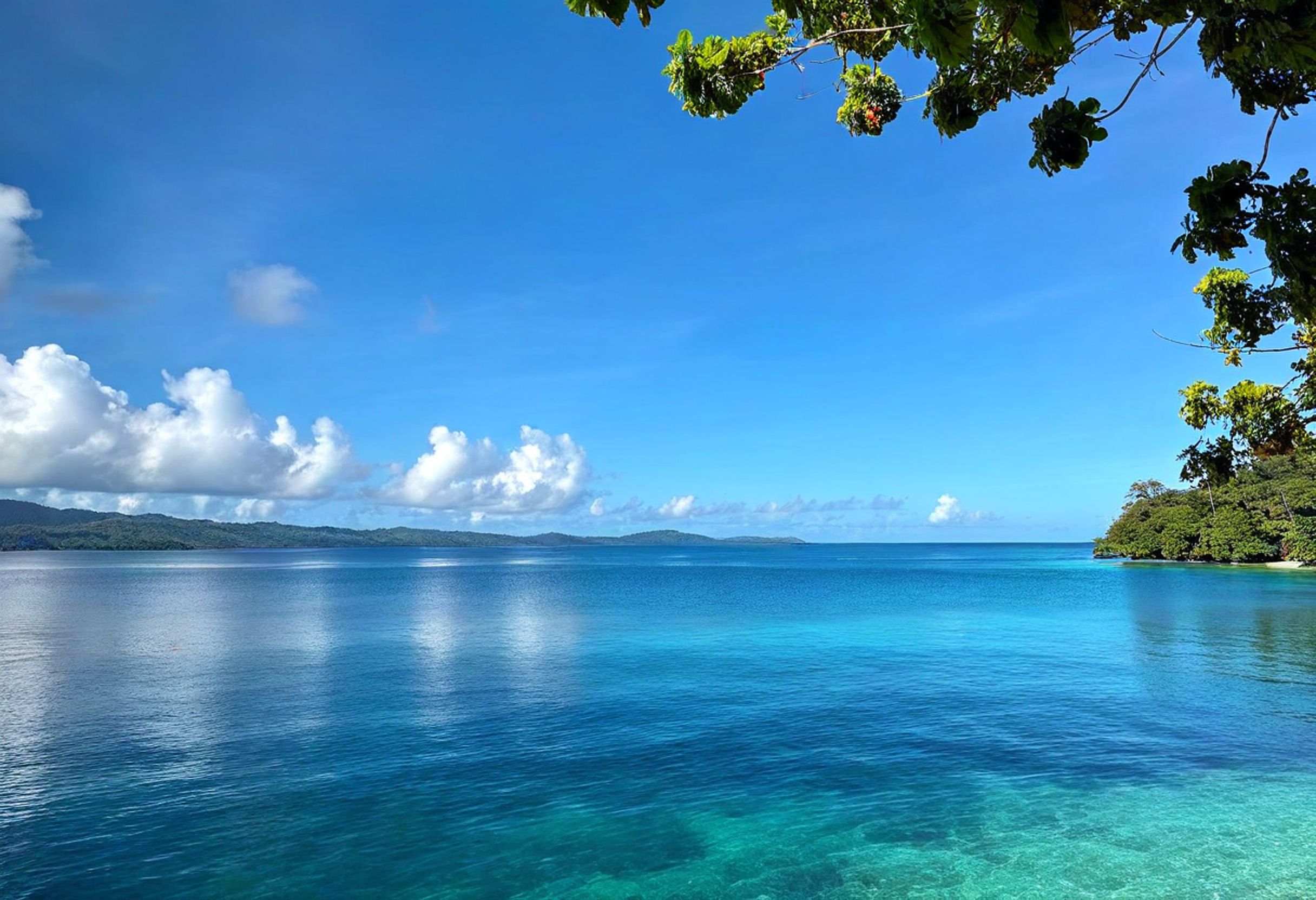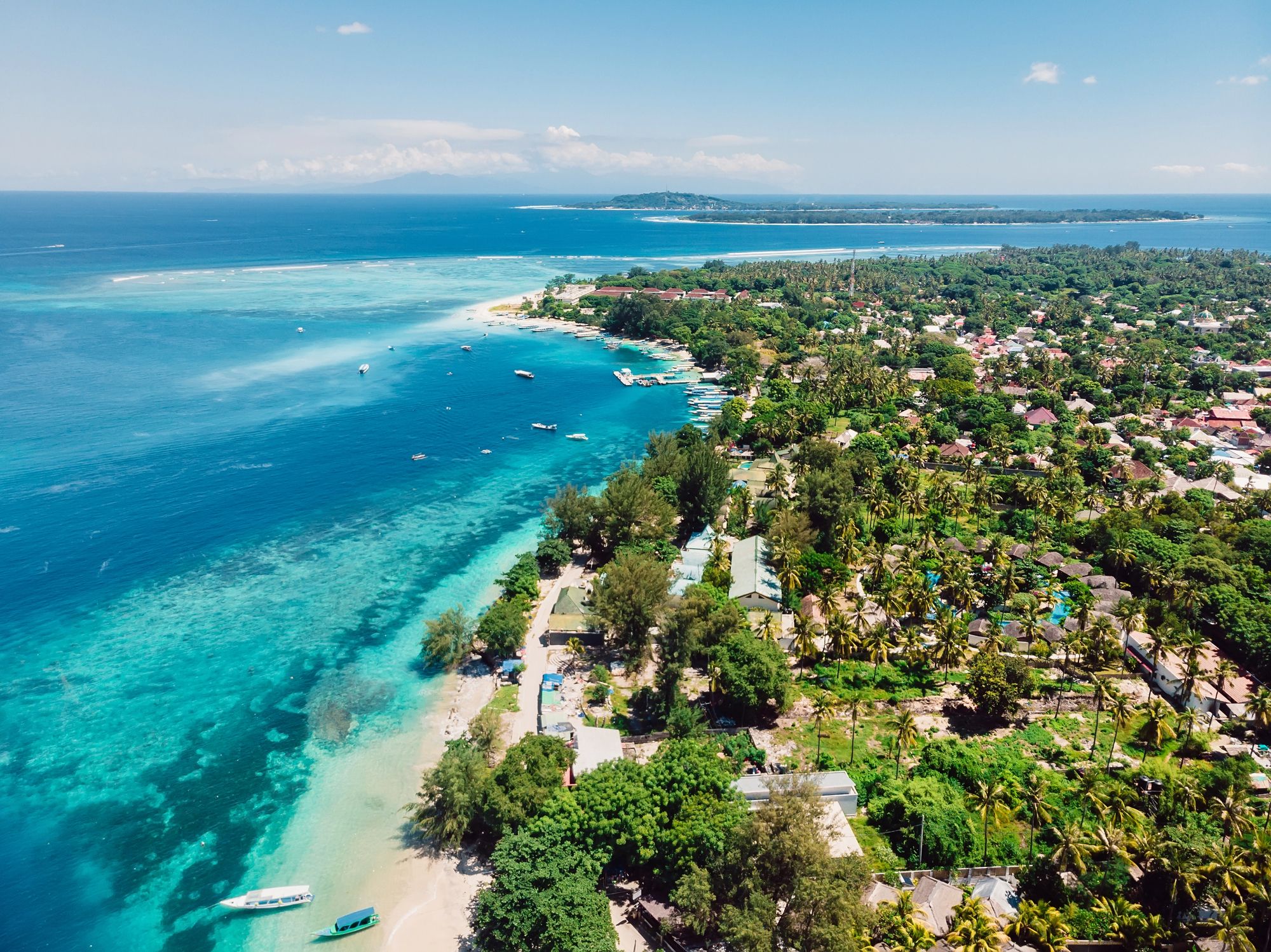The Pacific Ocean, vast and mysterious, has claimed yet another vessel in its expansive embrace. This time, the disappearance of a Marshall Islands sea ambulance has triggered an extensive multinational search, as authorities strive to locate the missing boat and its four crew members.
Their mission was a noble one—delivering critical health services—but as days pass without any sighting, the urgency intensifies. In this blog, we’ll explore the details of the ongoing rescue operation and delve into the challenges of conducting search-and-rescue missions across perilous Pacific waters.
A Disappearance in the Vastness of the Pacific
The sea ambulance, a 37-foot fiberglass vessel equipped with modern navigation and communication tools, embarked on a routine journey from Majuro to Mili Atoll in the Marshall Islands. Its mission was health-focused: to conduct a tuberculosis screening campaign.
Tragically, it failed to return as scheduled on Monday evening, leaving health officials and the community eagerly awaiting word of its whereabouts.
Concerningly, no distress signal was ever received, amplifying the mystery surrounding its disappearance. Marshall Islands health officials have labeled the situation as critical, emphasizing the potential risks to the lives of the crew onboard and the importance of immediate action to locate the vessel.
A Complex, Multinational Search Effort
The disappearance has brought about a coordinated search endeavor involving multiple nations. At the heart of the effort is the U.S. Coast Guard Joint Rescue Coordination Center in Honolulu.
The operation, which has drawn upon the vast resources of the United States, includes:
- A Navy P-8 Poseidon maritime patrol aircraft dispatched from Japan, renowned for its long-range capabilities.
- A U.S. Coast Guard HC-130 Hercules, deployed from Hawaii to broaden the search from above.
- Two Marshall Islands Sea Patrol vessels combing through the oceans to complement the aerial reconnaissance.
Marker buoys have also been deployed throughout the search zone to study the Pacific’s dynamic sea conditions, providing valuable data to refine and improve the ongoing rescue efforts.
However, as of Friday, March 7, 2025, no conclusive results have been reported. Despite covering vast stretches of ocean both by air and sea, the search teams remain empty-handed.
The Challenges of Searching the South Pacific
The Marshall Islands, like many Pacific nations, comprises isolated atolls and islands scattered over a seemingly endless sea.
Searching for one small vessel in this immense and deep blue wilderness is akin to finding a needle in a haystack. The ocean’s unpredictability—shifting currents, changing weather, and periods of poor visibility—further complicates such missions.
Chief Warrant Officer Sara Muir of the U.S. Coast Guard explained that they are “still looking” but remain without any concrete sightings.
The heartbreaking reality is that the immensity of the Pacific puts added pressure on responders, who must combine state-of-the-art technology with traditional search tactics while balancing the urgency of the situation.
Lessons to Take Away for Navigating the Pacific
For travelers, adventurers, and mariners exploring destinations like Vanuatu, this tragic situation highlights the importance of adequate preparation and safety measures when navigating remote Pacific waters.
While technology such as GPS and radios is essential, it’s equally crucial to double-check equipment functionality, invest in personal locator beacons (PLBs), and always file a travel plan with local authorities or at least someone you trust.
Connection to Vanuatu: Travel Preparedness Amidst Natural Beauty
Just like the Marshall Islands, Vanuatu is a spread of islands offering untamed beauty and traditional experiences.
From hiking the fiery Mount Yasur volcano on Tanna to snorkeling in the pristine waters of Espiritu Santo’s Champagne Beach, Vanuatu’s allure is undeniable.
But one must never underestimate the untamed nature of the South Pacific waters surrounding this island paradise.
Visitors embarking on inter-island trips or sea adventures in Vanuatu must prioritize safety just as much as they value the adventure.
With sea routes connecting Port Vila to remote islands, it is essential to plan ahead, communicate your itinerary, and ensure vessels are equipped with reliable navigation and communication systems.
While this particular rescue effort continues in the Marshall Islands, it serves as a sobering reminder of both the wonders and dangers posed by the Pacific.
Vanuatu visitors should take these lessons to heart to ensure every journey remains focused on discovery and joy, rather than risk and uncertainty.
Here is the source article for this story: US, Marshall Islands search vast Pacific sector for missing sea ambulance

